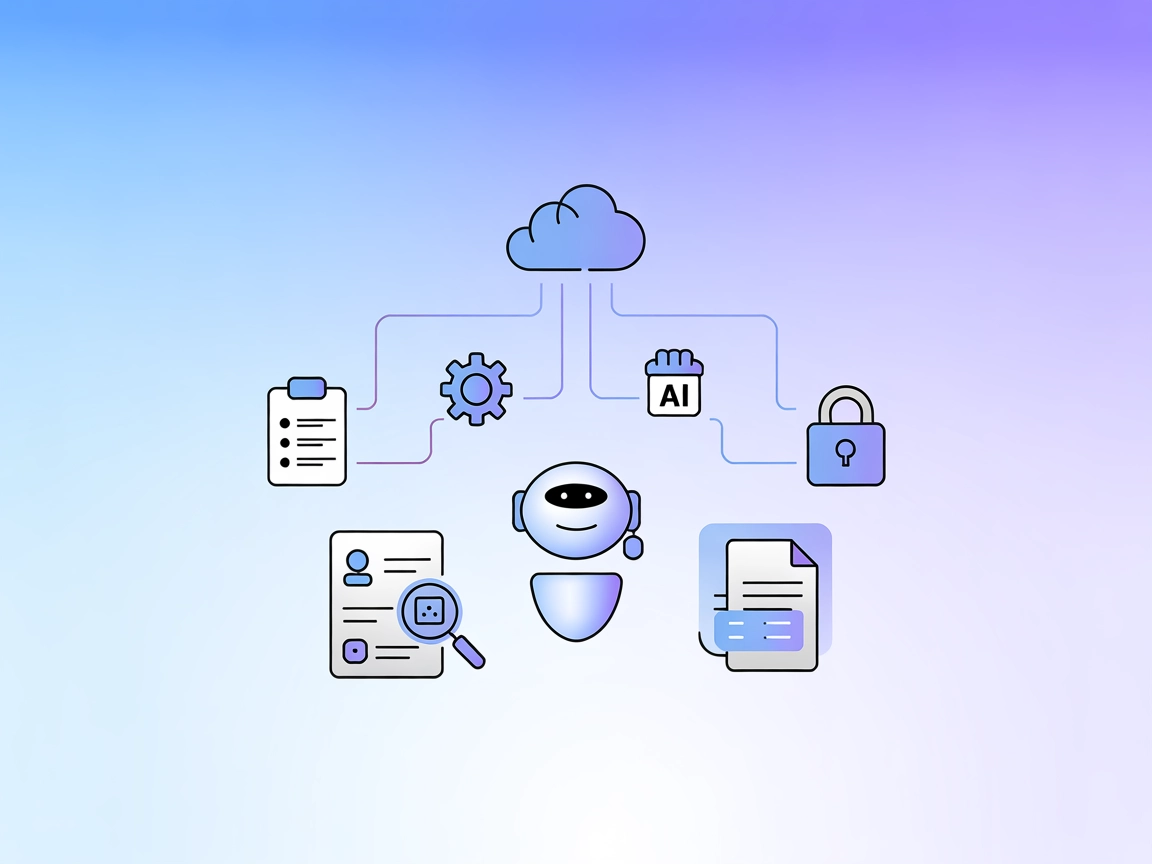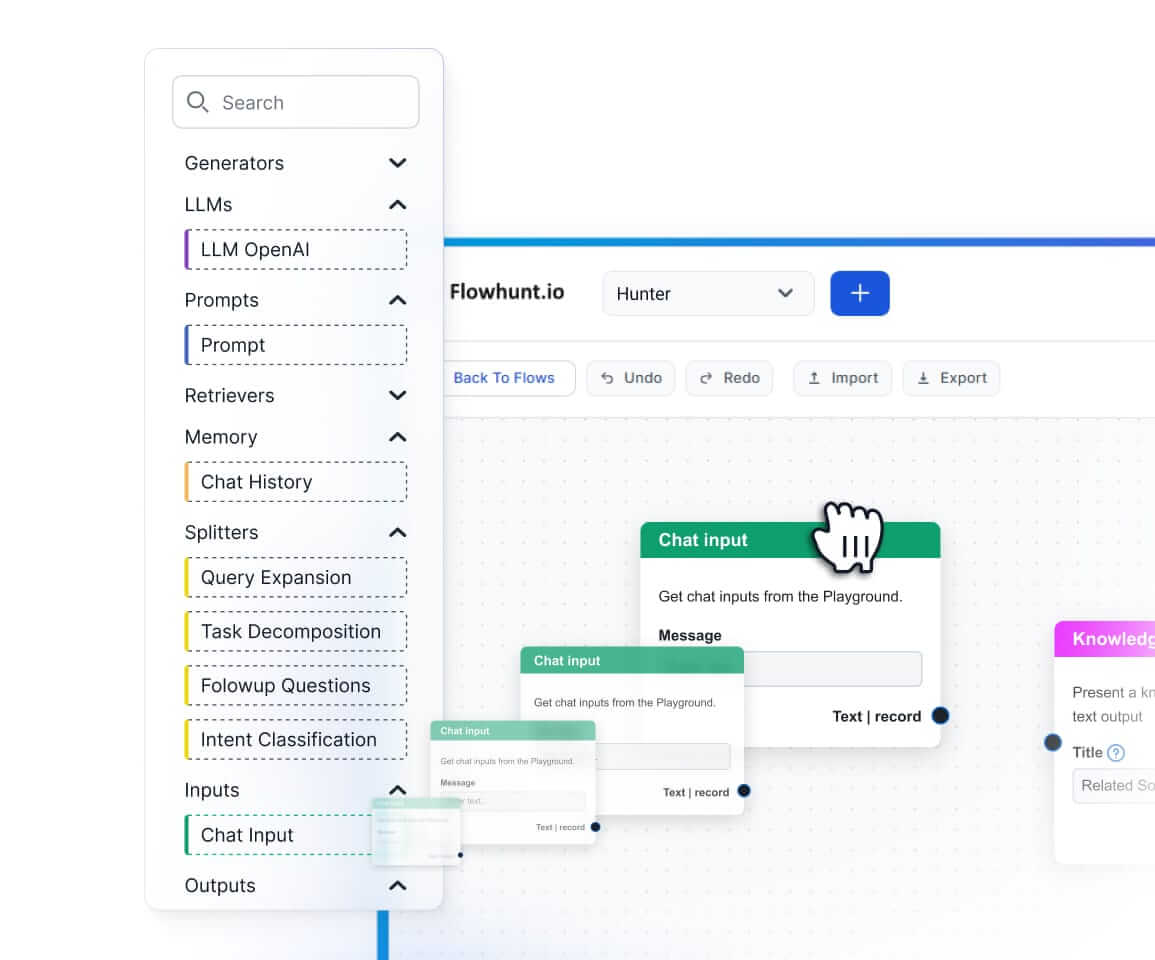
llms.txt
The llms.txt file is a standardized Markdown file designed to optimize how Large Language Models (LLMs) access and process website content. Hosted at a website'...
The llms.txt file is a standardized Markdown file designed to optimize how Large Language Models (LLMs) access and process website content. Hosted at a website'...
The Plane MCP Server enables FlowHunt and other LLM-powered platforms to automate and streamline project and issue management in Plane.so. It bridges AI assista...
Agentic AI is an advanced branch of artificial intelligence that empowers systems to act autonomously, make decisions, and accomplish complex tasks with minimal...
AI technology trends encompass current and emerging advancements in artificial intelligence, including machine learning, large language models, multimodal capab...
Explore autonomous vehicles—self-driving cars that use AI, sensors, and connectivity to operate without human input. Learn about their key technologies, AI’s ro...
We've tested and ranked the writing capabilities of 5 popular models available in FlowHunt to find the best LLM for content writing.
Model fine-tuning adapts pre-trained models for new tasks by making minor adjustments, reducing data and resource needs. Learn how fine-tuning leverages transfe...
Language detection in large language models (LLMs) is the process by which these models identify the language of input text, enabling accurate processing for mu...
A metaprompt in artificial intelligence is a high-level instruction designed to generate or improve other prompts for large language models (LLMs), enhancing AI...
Model Chaining is a machine learning technique where multiple models are linked sequentially, with each model’s output serving as the next model’s input. This a...
Recursive prompting is an AI technique used with large language models like GPT-4, enabling users to iteratively refine outputs through back-and-forth dialogue ...
Retrieval Augmented Generation (RAG) is an advanced AI framework that combines traditional information retrieval systems with generative large language models (...
Text summarization is an essential AI process that distills lengthy documents into concise summaries, preserving key information and meaning. Leveraging Large L...


